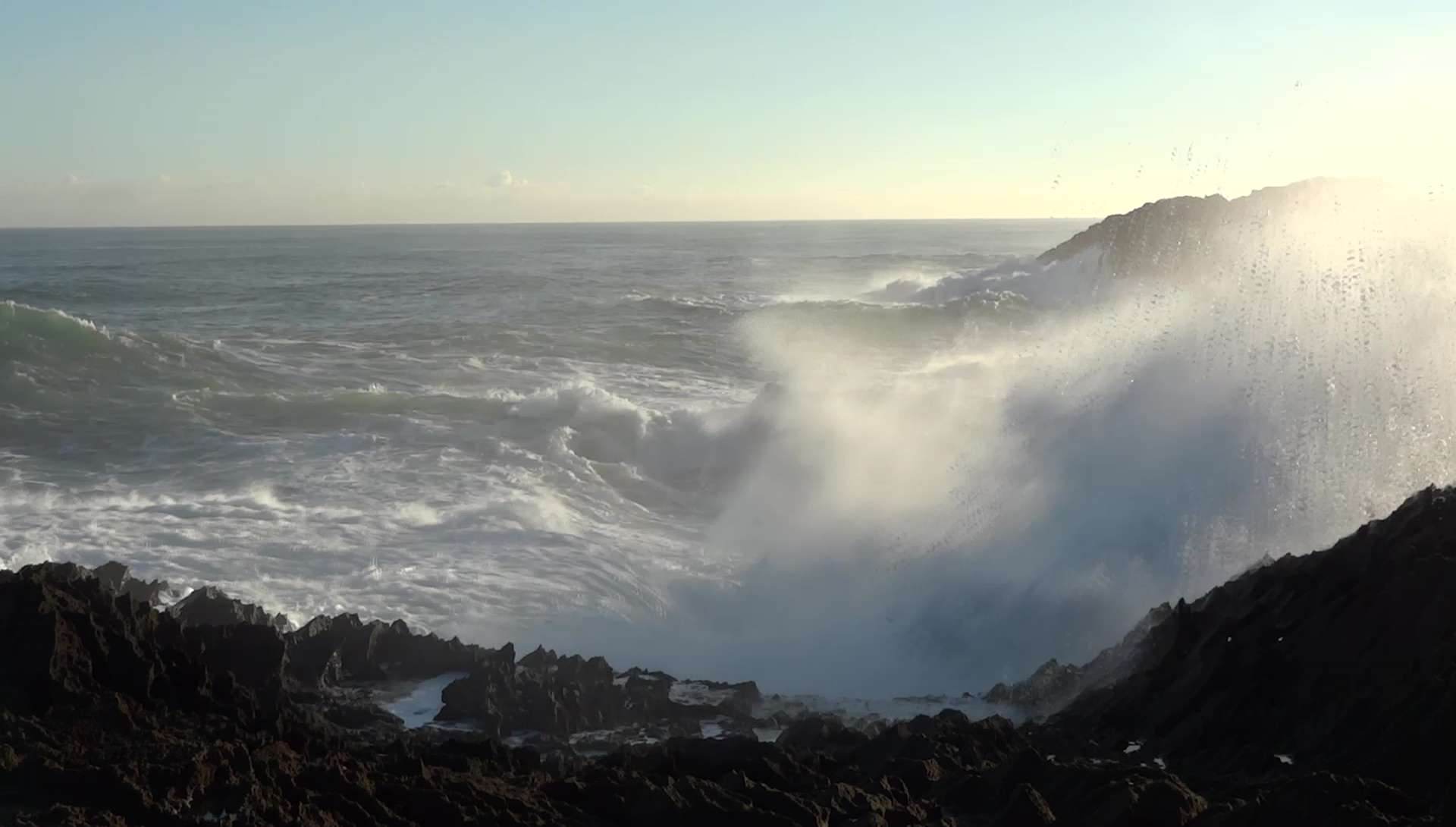


The repeating and periodic disturbance that moves through a medium from one location to another is referred to as a wave.īut what is meant by the word medium? A medium is a substance or material that carries the wave. However, if the first coil of the slinky is continuously and periodically vibrated in a back-and-forth manner, we would observe a repeating disturbance moving within the slinky that endures over some prolonged period of time. A pulse is a single disturbance moving through a medium from one location to another location. If the first coil of the slinky is given a single back-and-forth vibration, then we call the observed motion of the disturbance through the slinky a slinky pulse. We can then observe this disturbance moving through the slinky from one end to the other. The act of moving the first coil of the slinky in a given direction and then returning it to its equilibrium position creates a disturbance in the slinky. The particle might be moved upwards or downwards, forwards or backwards but once moved, it is returned to its original equilibrium or rest position. To introduce a wave into the slinky, the first particle is displaced or moved from its equilibrium or rest position.

The coils of the slinky naturally assume this position, spaced equally far apart. When the slinky is stretched from end to end and is held at rest, it assumes a natural position known as the equilibrium or rest position. Consider a slinky wave as an example of a wave. But what makes a wave a wave? What characteristics, properties, or behaviors are shared by the phenomena that we typically characterize as being a wave? How can waves be described in a manner that allows us to understand their basic nature and qualities?Ī wave can be described as a disturbance that travels through a medium from one location to another location.


 0 kommentar(er)
0 kommentar(er)
